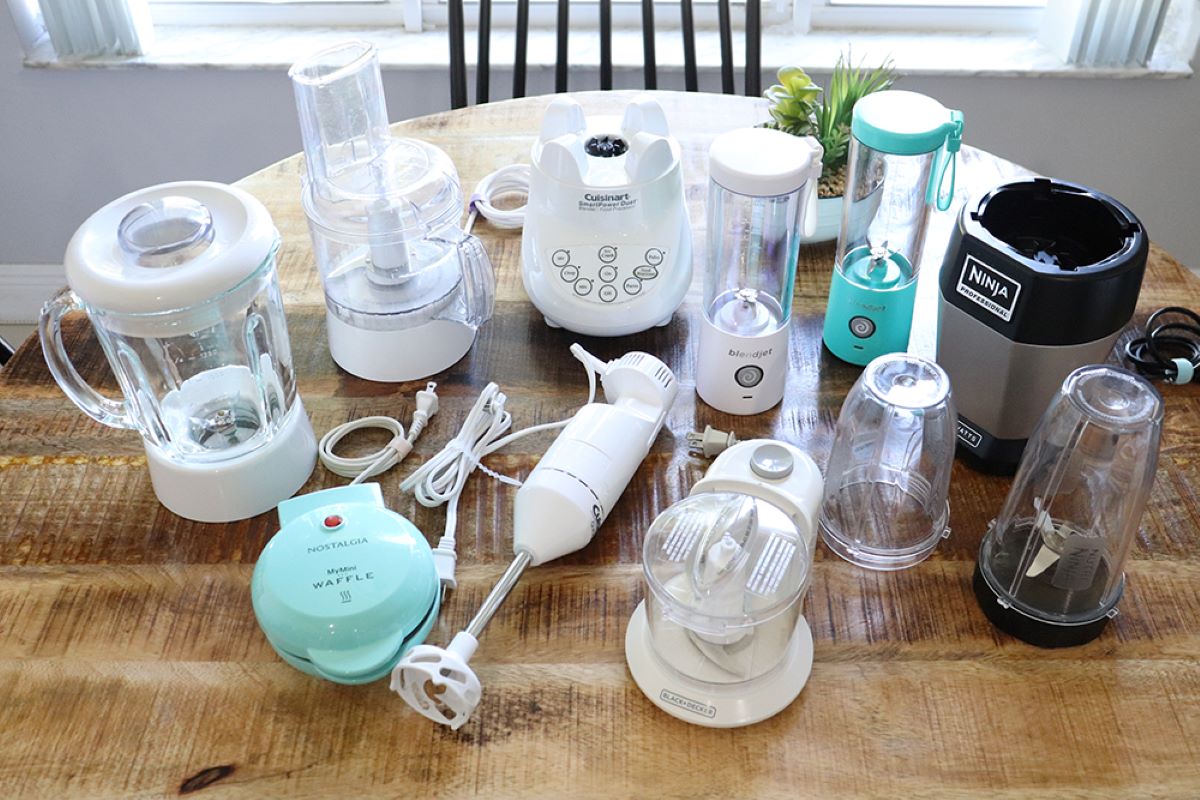

Articles
How To Store Kitchen Appliances
Modified: January 6, 2024
Learn the best ways to store and organize your kitchen appliances with our helpful articles. Maximize space and keep your kitchen clutter-free.
(Many of the links in this article redirect to a specific reviewed product. Your purchase of these products through affiliate links helps to generate commission for Storables.com, at no extra cost. Learn more)
Introduction
Welcome to the world of kitchen appliances! These handy devices have revolutionized the way we cook and make our lives easier in the kitchen. From blenders and microwaves to food processors and coffee makers, our countertops and cabinets are filled with a variety of appliances that help us create delicious meals and beverages.
However, with the abundance of appliances comes the challenge of storage. Properly storing kitchen appliances not only keeps them organized and accessible, but also helps to prolong their lifespan and maintain their functionality.
In this article, we will explore the best practices for storing kitchen appliances. We will discuss how to assess your appliances, find the ideal storage location, clean and prepare them for storage, disassemble and organize small appliances, store large appliances, wrap and protect them, label and inventory stored appliances, and provide tips for maintaining them.
Whether you have a small kitchen with limited space or a spacious culinary haven, these tips will help you maximize your storage efficiency while keeping your appliances in top-notch condition.
So, let’s dive in and discover the secrets to properly storing your beloved kitchen appliances!
Key Takeaways:
- Properly storing kitchen appliances involves assessing, cleaning, and finding ideal storage locations. Disassemble and organize small appliances, and wrap and protect large ones for efficient storage. Label and inventory stored appliances for easy retrieval.
- Regularly maintain stored appliances by inspecting for damage, keeping the storage area clean, and testing functionality before use. Follow manufacturer instructions and maintain stable temperature and humidity levels for optimal appliance condition.
Read more: How Does Ninja Blender Work
Assessing your kitchen appliances
Before embarking on the task of organizing and storing your kitchen appliances, it is important to assess their condition and determine which ones are worth keeping. Over time, we may accumulate appliances that we no longer use or that are outdated and taking up valuable space. Here are some steps to follow when assessing your kitchen appliances:
- Evaluate functionality: Test each appliance to ensure it is in working order. This includes checking the power cord, buttons, and any other features specific to the appliance. If an appliance is no longer functional or requires significant repairs, it might be time to consider replacing it or disposing of it.
- Consider frequency of use: Reflect on how often you use each appliance. If there are appliances that have been sitting idle for months or even years, it may be a sign that you can do without them. Donate or sell these appliances to free up space in your kitchen.
- Assess space requirements: Take into account the size of your kitchen and available storage space. Appliances that are large or rarely used might not be practical for your kitchen layout. Consider whether downsizing to smaller, more versatile appliances would be more suitable.
- Weigh sentimental value: Some appliances may hold sentimental value or have been passed down through generations. If these appliances are not taking up too much space and are in good working condition, it may be worth keeping them for sentimental reasons.
By carefully assessing your kitchen appliances, you can determine which ones are worth keeping and which ones can be let go. This process will help you create a solid foundation for organizing and storing your appliances efficiently.
Finding the ideal storage location
Once you have assessed your kitchen appliances and decided which ones to keep, the next step is to find the ideal storage location for them. The right storage location will help keep your appliances easily accessible, protected, and minimize the clutter in your kitchen. Consider the following factors when determining the ideal storage location:
- Accessibility: Choose a storage location that is easily accessible. This could be a cabinet near your main cooking area or a designated shelf in a pantry. The goal is to have your appliances within reach when you need them, without having to rummage through multiple storage areas.
- Available space: Consider the available space in your kitchen. If you have limited counter space, storing appliances in cabinets or on shelves can help free up valuable workspace. However, if you have ample counter space, you may prefer to keep frequently used appliances easily accessible on the countertop.
- Frequency of use: Take into account how often you use each appliance. Keep frequently used appliances within easy reach, while appliances that are used less frequently can be stored in a less accessible location.
- Weight and size: Consider the weight and size of the appliances when choosing a storage location. Heavier appliances should be stored on lower shelves or closer to the ground to prevent accidents. For larger appliances, ensure that the storage location has enough space to accommodate their dimensions.
- Protection: Choose a storage location that provides adequate protection for your appliances. Avoid areas that are prone to humidity, excessive heat, or strong odors as these factors can damage the appliances over time. Protect your appliances from dust and dirt by using storage containers or covers.
Remember that the optimal storage location may vary depending on your kitchen layout and the specific appliances you own. Take the time to plan and allocate storage spaces accordingly, keeping in mind your cooking habits and available storage options.
Cleaning and preparing appliances for storage
Before storing your kitchen appliances, it is essential to clean and prepare them properly. This ensures that they are in good condition when you retrieve them for use. Here are some steps to follow when cleaning and preparing your appliances for storage:
- Unplug and disconnect: Before cleaning any appliance, make sure it is unplugged from the power source. Also, detach any removable parts or accessories from the appliance.
- Read the manufacturer’s instructions: Refer to the instruction manual or manufacturer’s guidelines for specific cleaning and maintenance instructions for each appliance. This will ensure that you clean the appliance using the appropriate methods and materials.
- Clean the exterior: Wipe down the exterior of each appliance with a clean, damp cloth. Use mild detergent or a specialized appliance cleaner if needed. Pay attention to removing any food residue, grease, or stains.
- Deep clean the interior: For appliances with interior compartments, such as microwaves or ovens, give them a thorough cleaning. Remove any food particles, grease, or grime using appropriate cleaning agents recommended by the manufacturer.
- Deal with odors: If there are any lingering odors in your appliances, address them before storage. You can place a small container of baking soda or a few drops of vanilla extract inside the appliance to absorb any unwanted odors.
- Dry thoroughly: Ensure that all appliances are completely dry before storing them. Moisture can lead to mold and mildew growth, which can damage the appliance. Use a clean, dry cloth or air dry the appliance before storage.
Additionally, it is recommended to unclog any filters, vents, or openings in the appliances to maintain optimal performance. Refer to the instruction manual to locate and clean these areas properly.
By following these cleaning and preparation steps, you can ensure that your appliances are clean, fresh, and ready for storage. This will help maintain their longevity and functionality for when you need them again in the future.
Disassembling and organizing small kitchen appliances
Small kitchen appliances, such as blenders, toasters, and food processors, can take up valuable space on your countertops or in your cabinets. To maximize your storage efficiency, consider disassembling and organizing these appliances before storing them. Here are some tips:
- Remove detachable parts: Many small appliances have detachable parts, such as blades, bowls, or attachments. Remove these parts and clean them separately. This will help prevent any residue buildup and ensure that each component is thoroughly cleaned and ready for storage.
- Wrap cords: The cords of small appliances can easily become tangled or damaged during storage. Take the time to wrap the cords neatly and secure them with twist ties or cable organizers. This will prevent any accidental damage and make it easier to retrieve the appliance when needed.
- Organize accessories: If your small appliances come with additional accessories or attachments, keep them organized. Consider using small storage containers or bags to keep all the accessories together and easily accessible. Label the containers or bags for easy identification.
- Stack or nest: If you have multiple small appliances that are similar in size, consider stacking or nesting them to save space. Make sure to place a protective layer, such as a soft cloth or paper towels, between the appliances to prevent scratches or damage.
- Utilize drawer organizers: If you have drawers in your kitchen, use drawer organizers to keep small appliances organized and separated. This will make it easier to find and retrieve specific appliances without rummaging through a cluttered drawer.
- Label containers or shelves: To ensure easy identification and retrieval of small appliances, label the containers or shelves where they are stored. This will save you time and effort in the future, especially if you have multiple storage areas for different appliances.
By disassembling and organizing your small kitchen appliances, you can optimize your storage space and keep everything neatly arranged. This will make it easier to find and use each appliance when needed without the hassle of searching through a jumbled mess of appliances.
When storing kitchen appliances, make sure to clean and dry them thoroughly before putting them away. This will prevent mold and mildew from forming and keep your appliances in good condition.
Storing large kitchen appliances
Large kitchen appliances, such as refrigerators, dishwashers, and stoves, require careful consideration when it comes to storage. Properly storing these appliances not only protects them from damage but also ensures they are ready for use when needed. Here are some tips for storing large kitchen appliances:
- Clean thoroughly: Before storing a large appliance, make sure to clean it thoroughly. Remove any food remnants, grease, or stains from both the interior and exterior of the appliance. Pay special attention to the door seals and vents, as these areas can accumulate dirt and grime.
- Disconnect water and gas lines: If your appliance is connected to water or gas lines, it is important to disconnect them before storage. Follow the manufacturer’s instructions or consult a professional to safely disconnect and cap any lines to prevent leaks or damage.
- Secure doors and drawers: To prevent any accidental opening or damage during storage, secure the doors and drawers of your large appliances. Use tape or bungee cords to keep them securely closed. This will also help maintain the integrity of the appliance’s seals.
- Protect surfaces: If you are storing appliances in close proximity to each other or other items, place a protective barrier between them. Use towels, blankets, or foam padding to prevent any scratches or dents. Avoid using plastic covers, as they can trap moisture and lead to mold growth.
- Elevate appliances: If possible, elevate large appliances off the ground to prevent any potential water damage. Use wooden blocks or pallets to create a stable and level base for the appliance. This will protect it from any spills or leaks that may occur in the storage area.
- Consider climate control: If you are storing appliances in an area prone to extreme temperatures or high humidity, consider investing in a climate-controlled storage unit. These units regulate temperature and humidity levels, providing optimal conditions to prevent any damage to your appliances.
When storing large kitchen appliances, it is important to take all necessary precautions to protect them from damage. By following these tips, you can ensure that your appliances are safely stored and well-maintained until you are ready to use them again in the future.
Wrapping and protecting appliances
When storing kitchen appliances, it is crucial to wrap and protect them properly to prevent any damage that may occur during storage. The right wrapping technique and protective measures will ensure that your appliances are kept in excellent condition. Here are some steps to consider when wrapping and protecting your appliances:
- Use bubble wrap or foam padding: Wrap fragile or delicate parts of the appliance, such as glass doors, with bubble wrap or foam padding. This provides an extra layer of protection against potential impact or scratches.
- Secure with packing tape: Use packing tape to secure the bubble wrap or foam padding in place. Make sure all edges and corners are completely covered and secure. This will prevent the wrapping from coming loose during storage.
- Avoid plastic covers: While it may seem tempting to use plastic covers to protect your appliances, they can actually trap moisture and lead to condensation, which can cause damage. Instead, opt for breathable materials, such as cotton sheets or blankets, to cover your appliances.
- Protect cords and hoses: Pay special attention to the cords and hoses of your appliances. They can easily get tangled or damaged during storage. Use cable ties or twist ties to secure them neatly and prevent any stress or strain on the cords.
- Wrap stainless steel appliances: If you have stainless steel appliances, consider using special stainless steel film or protective sheets to prevent scratches or smudges. This will help keep your appliances looking pristine even after storage.
- Avoid stacking heavy objects on top: When storing appliances, avoid stacking heavy objects on top of them. This can cause unnecessary pressure and damage the appliance. Instead, store heavier items separately or on a lower shelf or platform.
- Provide cushioning on shelves or in storage containers: If storing appliances on shelves or in storage containers, make sure to provide cushioning. Use cloth or foam padding to create a soft barrier between the appliance and the surface it is resting on. This will prevent any scratches or dents from occurring.
Proper wrapping and protection of your appliances will help maintain their condition and extend their lifespan. By following these steps, you can ensure that your appliances are well-preserved and ready for use when you retrieve them from storage.
Labeling and inventorying stored appliances
When it comes to storing kitchen appliances, one of the most important steps is to label and inventory them. Proper labeling and inventorying will help you keep track of your stored appliances and make it easier to locate them when needed. Here are some tips for effectively labeling and inventorying your stored appliances:
- Use clear labels: Clearly label each storage container, shelf, or area where you store your appliances. Use a permanent marker or label maker to create legible and durable labels. This will prevent any confusion and make it easier to identify the contents of each area.
- Include appliance names: When labeling your appliances, include the names of each appliance on the label. This will make it easier to find a specific appliance without having to search through multiple containers or shelves.
- Record inventory details: Create an inventory list of all the appliances you have stored. Include details such as the appliance name, brand, model number, and any additional accessories or parts. This will help you keep track of your appliances and their corresponding components.
- Update inventory regularly: Make it a habit to update your inventory list regularly. This could be when you add new appliances to storage or when you retrieve appliances from storage. By keeping your inventory list up to date, you will avoid any confusion or misplaced appliances.
- Digital inventory: Consider creating a digital inventory of your stored appliances. This can be a spreadsheet or a dedicated inventory management app. Digital inventories are easily searchable and can be accessed from anywhere, making it convenient to keep track of your appliances.
- Color-coding system: If you have a large number of appliances or multiple storage areas, consider implementing a color-coding system. Assign a specific color to each appliance or storage area and use colored labels or markers accordingly. This will provide a visual cue to quickly identify appliances or storage locations.
- Store inventory list separately: Keep a copy of your inventory list in a safe and easily accessible place. This could be a digital copy on your computer or a printed copy in a designated binder. Having a separate record allows you to update and refer to your inventory list without the need to search through storage areas.
By labeling and inventorying your stored appliances, you can maintain organization and easily locate specific appliances when needed. Whether it’s a small coffee maker or a large mixer, a well-maintained inventory will streamline the storage and retrieval process, making your kitchen appliances storage a breeze.
Tips for maintaining stored appliances
While your kitchen appliances are in storage, it is important to take certain measures to maintain their condition and ensure they are ready for use when you retrieve them. Here are some helpful tips for maintaining your stored appliances:
- Regularly inspect for any signs of damage or pests: Periodically check on your stored appliances to ensure they are in good condition. Look for any signs of damage, such as dents, cracks, or rust. Additionally, be vigilant for any signs of pests, such as rodents or insects, and address the issue promptly if necessary.
- Keep the storage area clean and well-ventilated: Maintain a clean and well-ventilated storage area for your appliances. Dust and debris can accumulate over time and affect the performance of your appliances. Regularly clean the storage area to prevent any build-up that could potentially damage your appliances.
- Avoid placing heavy objects on top of appliances: Do not stack heavy objects on top of your stored appliances. The weight may cause damage or denting. Instead, store appliances in a designated area where they won’t be subjected to unnecessary pressure or weight.
- Rotate stored appliances: If you have multiple appliances in storage, consider rotating their usage periodically. This helps to ensure that all appliances are being used and maintained regularly. By rotating appliances, you can avoid the scenario where one appliance may stay in storage for an extended period without any use.
- Check power cords and connections: When retrieving appliances from storage, inspect the power cords and connections for any signs of damage. Ensure that the cords are properly connected and that there are no frayed wires or exposed parts. If any issues are found, consult a professional for repairs or replacements before using the appliance.
- Test functionality before use: Before using a stored appliance, test its functionality to ensure it is still in good working order. This can help you identify any issues or malfunctions that may have occurred during storage and take necessary measures to resolve them.
- Refer to manufacturer instructions: Follow the manufacturer’s guidelines for any specific maintenance recommendations or precautions for your appliances. Different appliances have different requirements, and adhering to the manufacturer’s instructions ensures that you are taking the best care of your appliances.
- Keep appliances covered: When not in use, keep your appliances covered to protect them from dust and dirt. Use clean, breathable covers or sheets to prevent any accumulation of debris or damage.
- Maintain a stable temperature and humidity level: If possible, store your appliances in an area with a stable temperature and humidity level. Extreme temperature fluctuations or high humidity can affect the functionality and lifespan of your appliances. Consider using a climate-controlled storage unit if necessary.
By following these tips, you can preserve the condition of your stored appliances and ensure they remain in good working order. Maintaining your appliances during storage will save you time and effort when it comes to using them again in the future.
Conclusion
Properly storing kitchen appliances is essential for maintaining their functionality and extending their lifespan. By following the guidelines outlined in this article, you can ensure that your appliances are stored in an organized and efficient manner.
Assessing your kitchen appliances helps you determine which ones are worth keeping and which ones can be let go. Finding the ideal storage location involves considering accessibility, available space, frequency of use, and protection. Cleaning and preparing appliances for storage ensures that they are in good condition when you retrieve them later on.
For small appliances, disassembling and organizing them helps save space and keeps all the components together. Large appliances require special attention, with proper cleaning, disconnection of water and gas lines, and secure storage. Wrapping and protecting appliances with appropriate materials and avoiding stacking heavy objects on top prevents any damage.
Labeling and inventorying your stored appliances enable easy identification and retrieval. Regularly inspecting for damage or pests, maintaining a clean storage area, and testing functionality before use are essential for maintaining stored appliances. Finally, referring to manufacturer instructions and maintaining stable temperature and humidity levels contribute to keeping appliances in optimal condition.
By implementing these tips, you can ensure that your kitchen appliances stay organized, protected, and ready for use. When the time comes to reunite with your appliances, you’ll be grateful for the effort you put into proper storage. Enjoy the benefits of well-preserved appliances, hassle-free cooking, and a clutter-free kitchen!
Frequently Asked Questions about How To Store Kitchen Appliances
Was this page helpful?
At Storables.com, we guarantee accurate and reliable information. Our content, validated by Expert Board Contributors, is crafted following stringent Editorial Policies. We're committed to providing you with well-researched, expert-backed insights for all your informational needs.

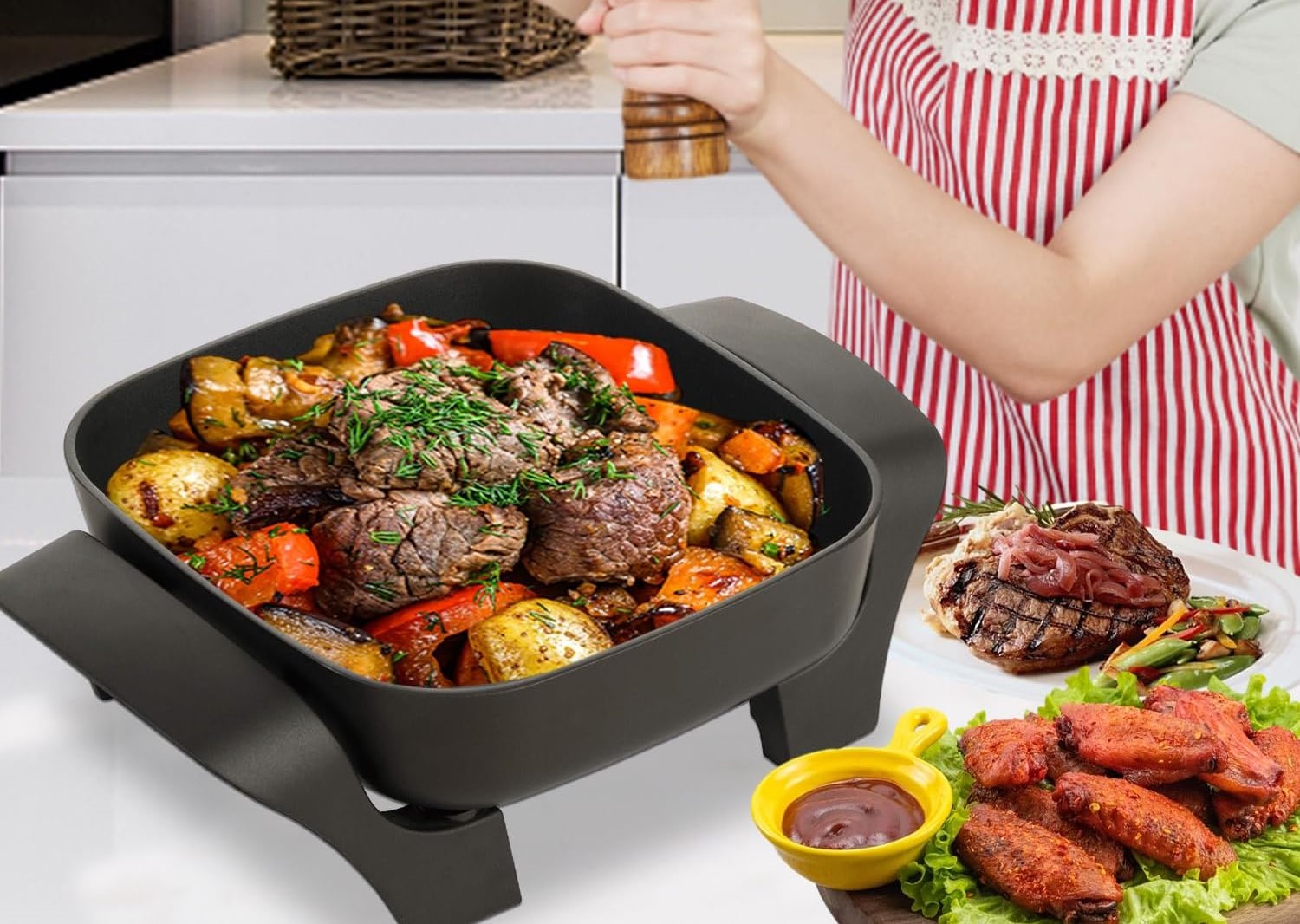
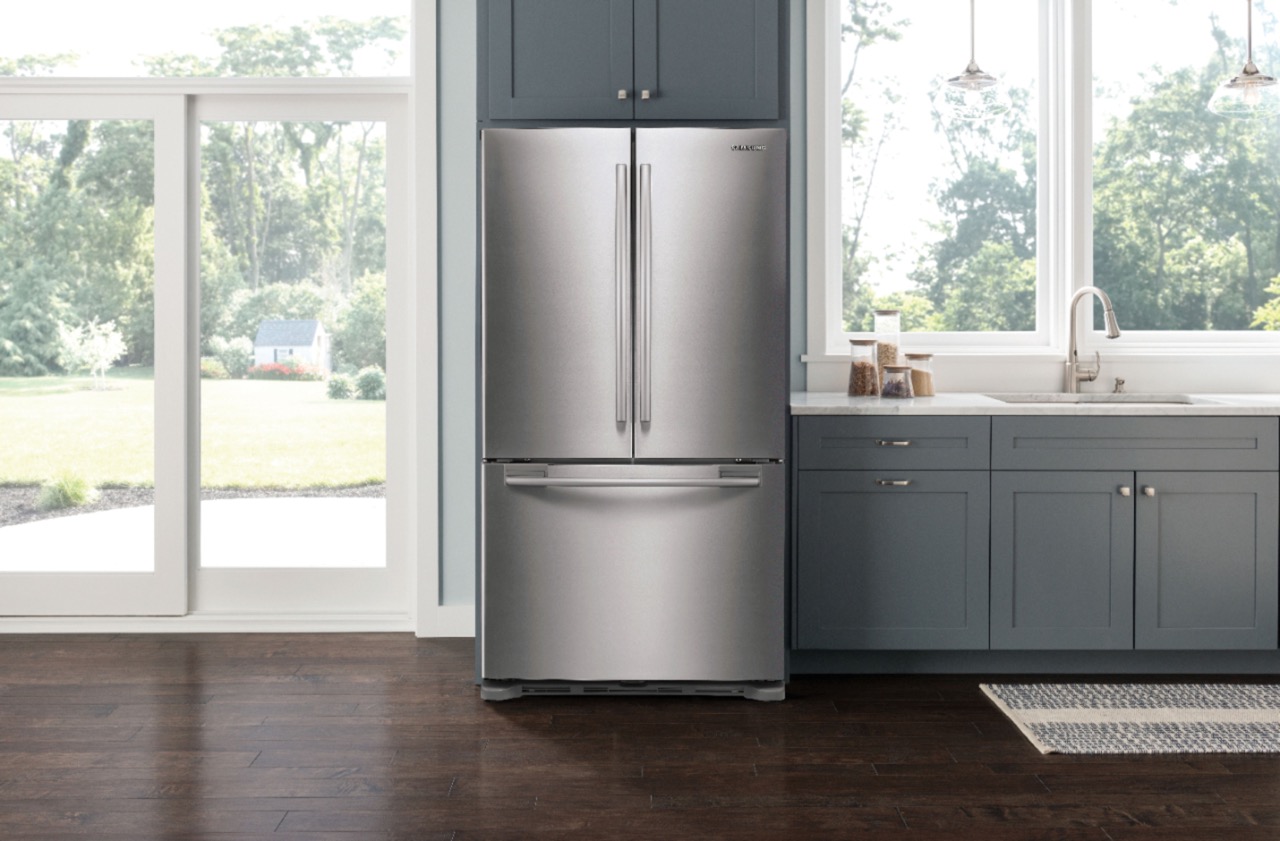
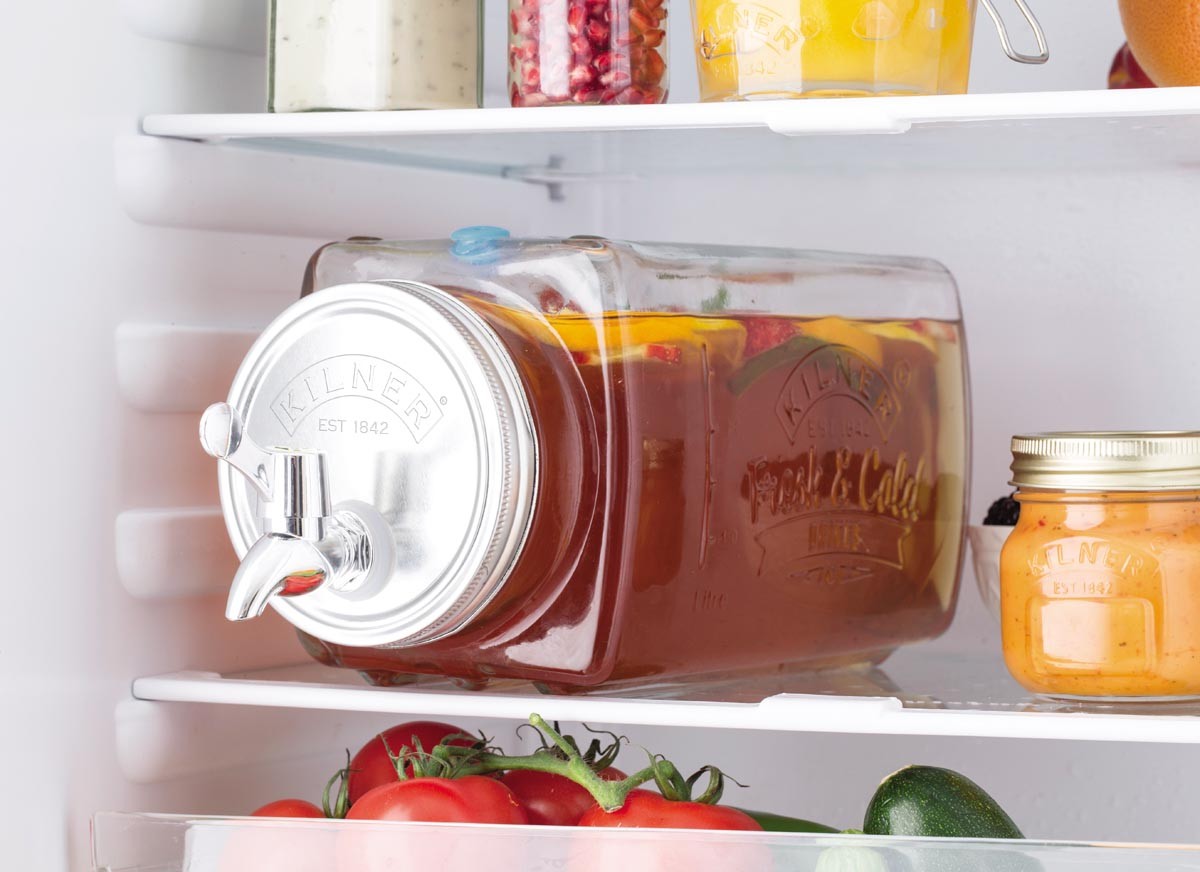
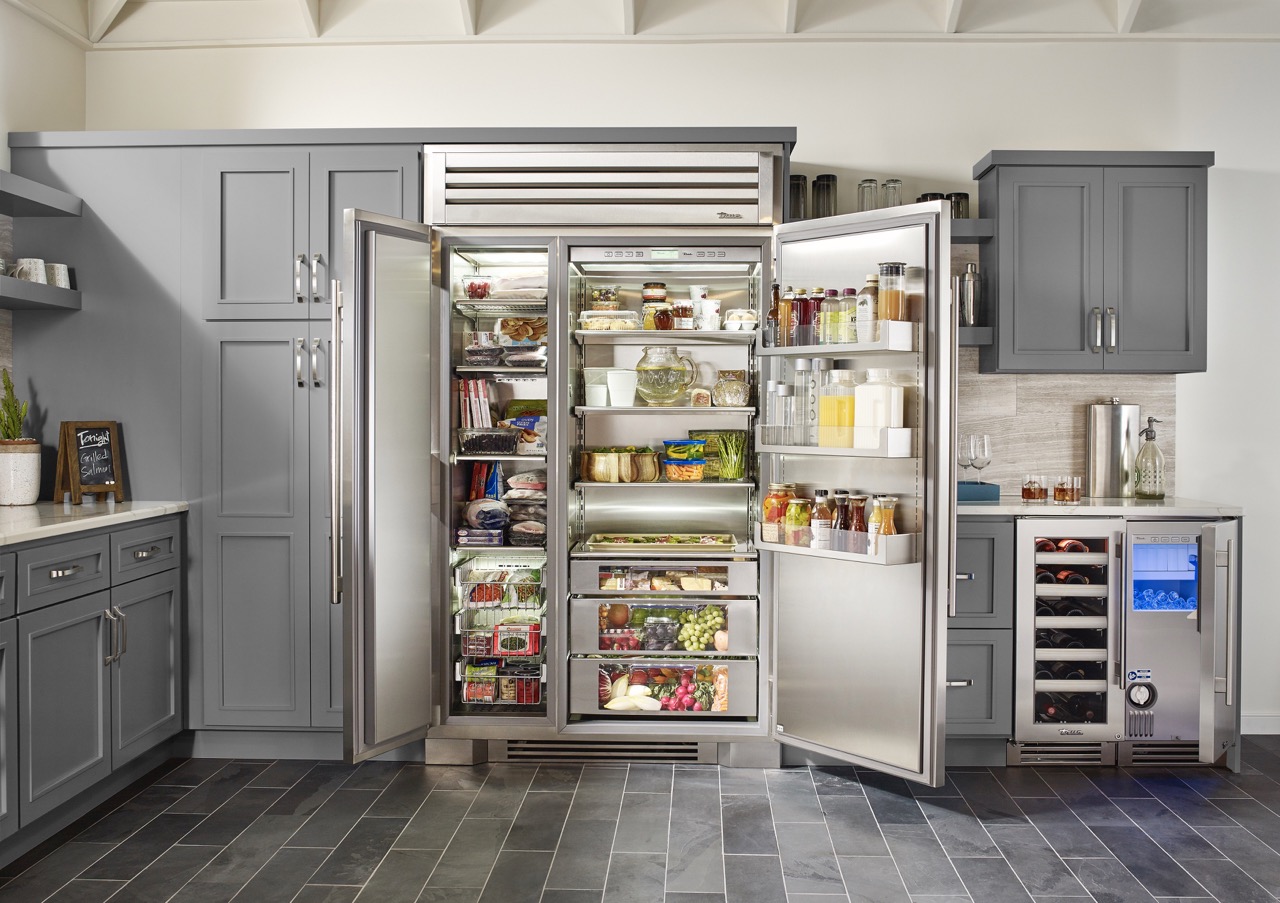
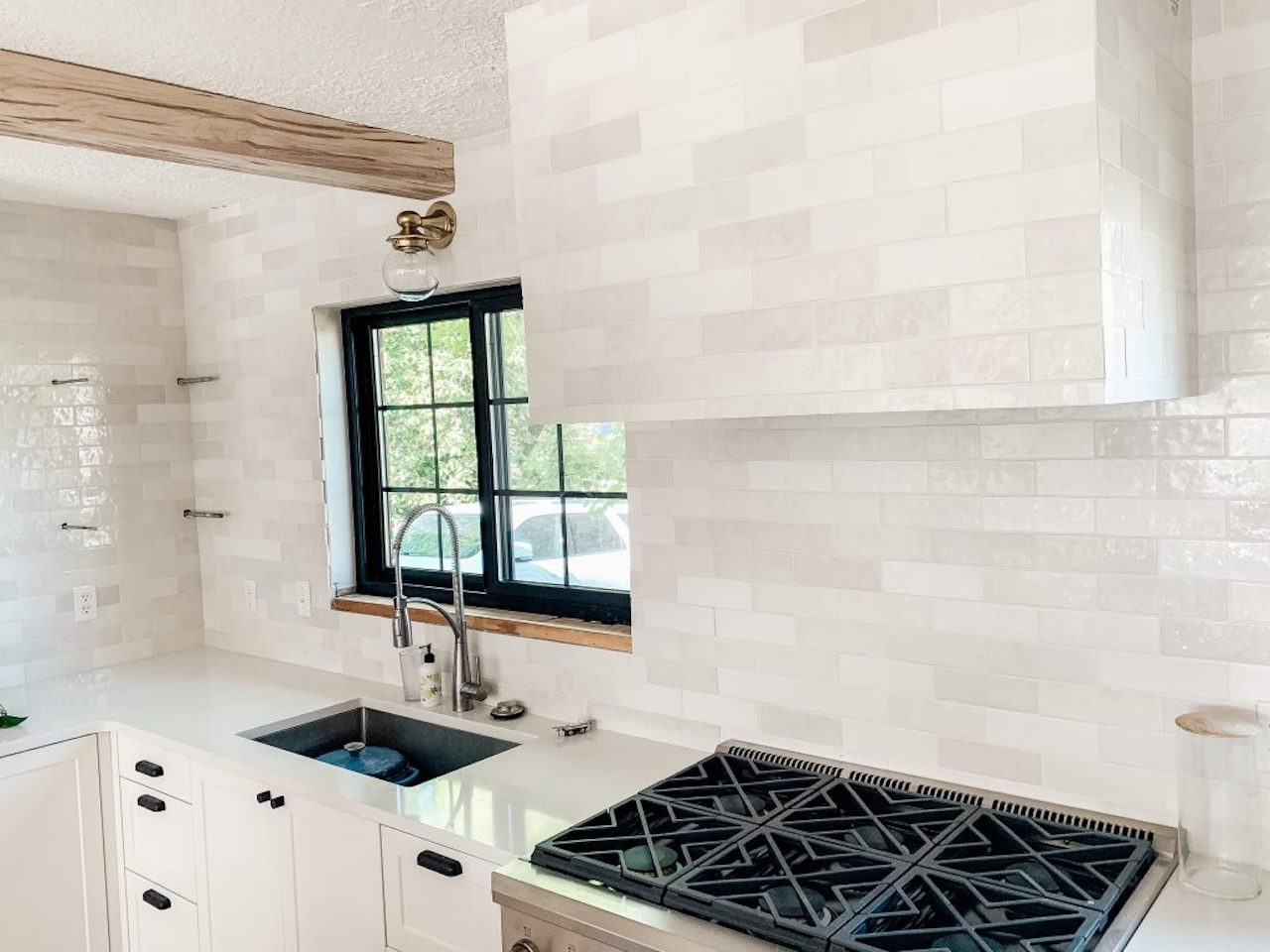
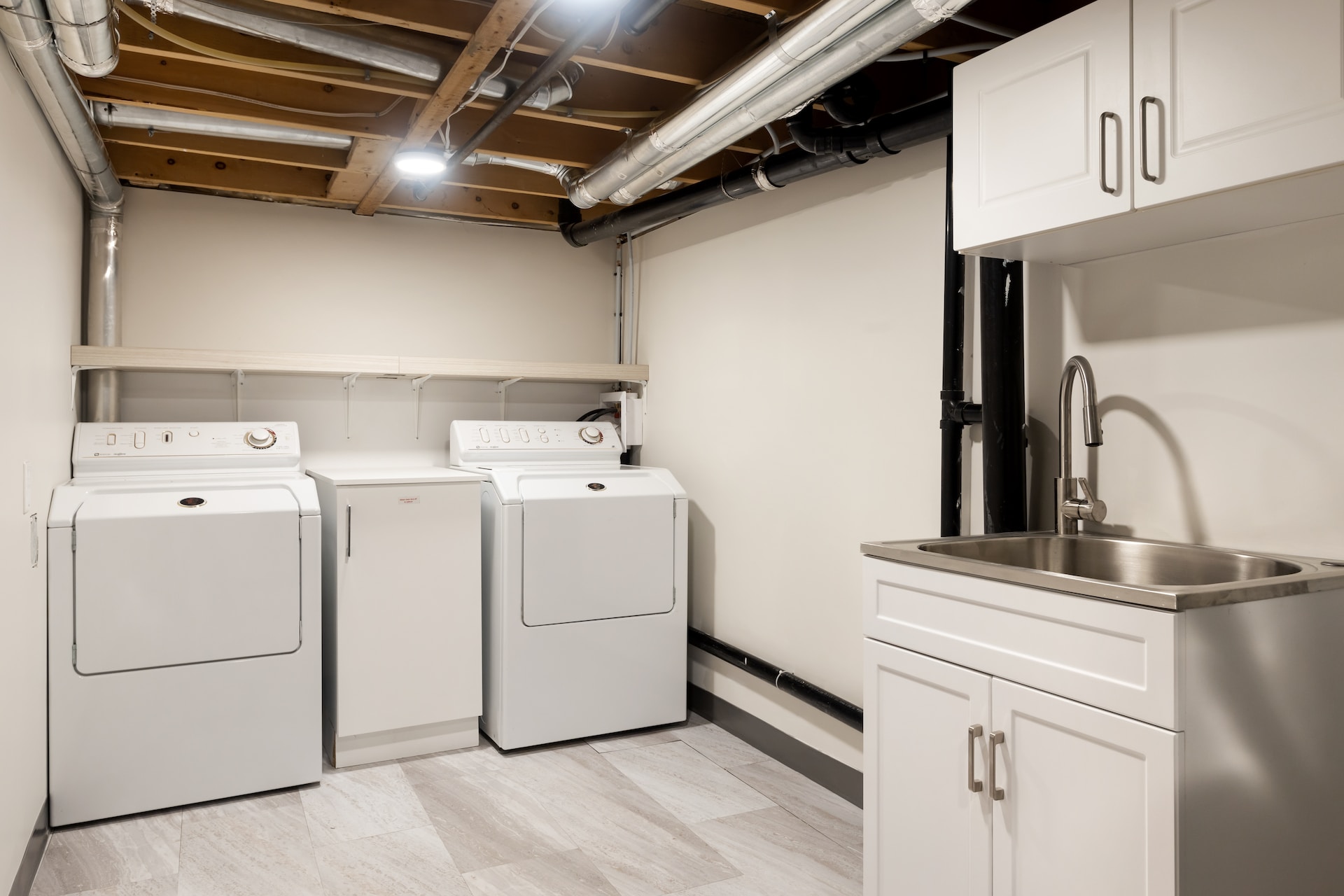

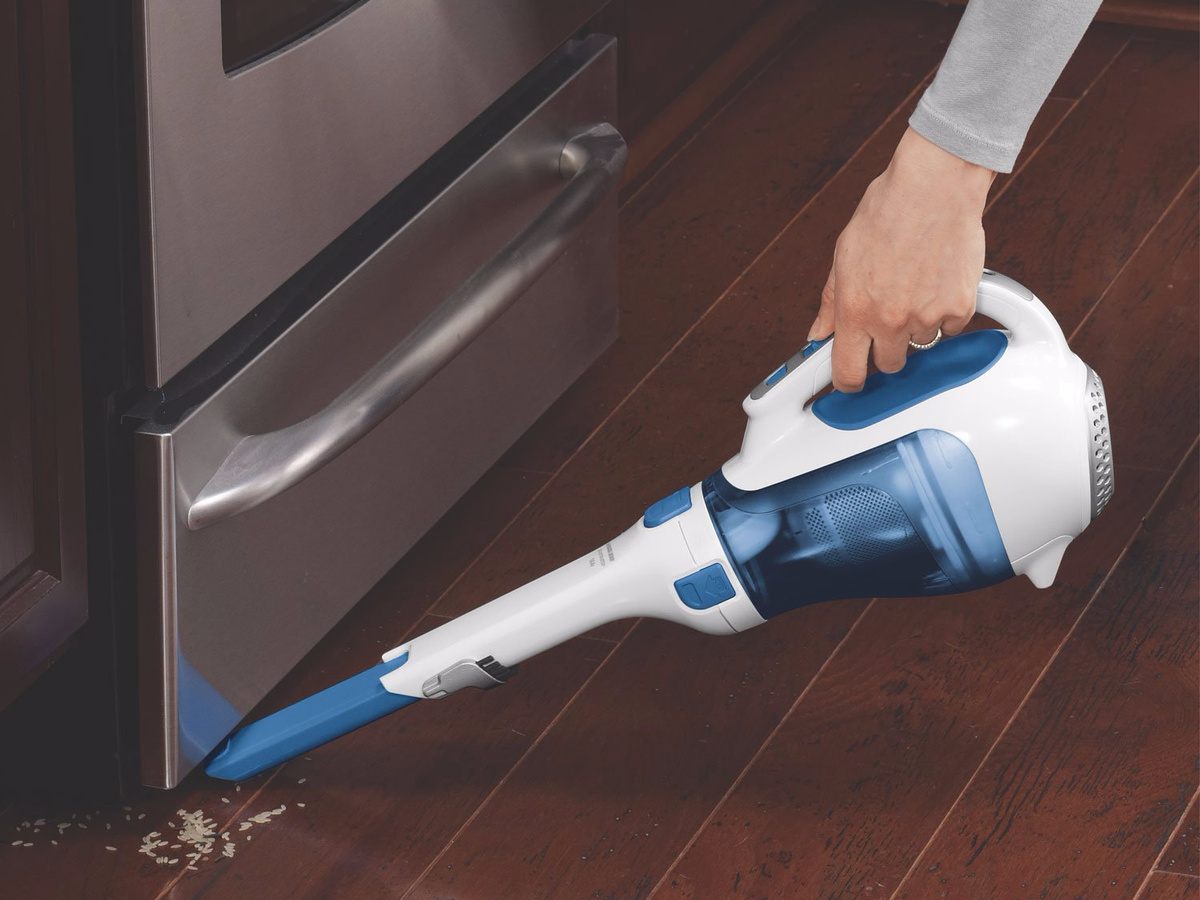
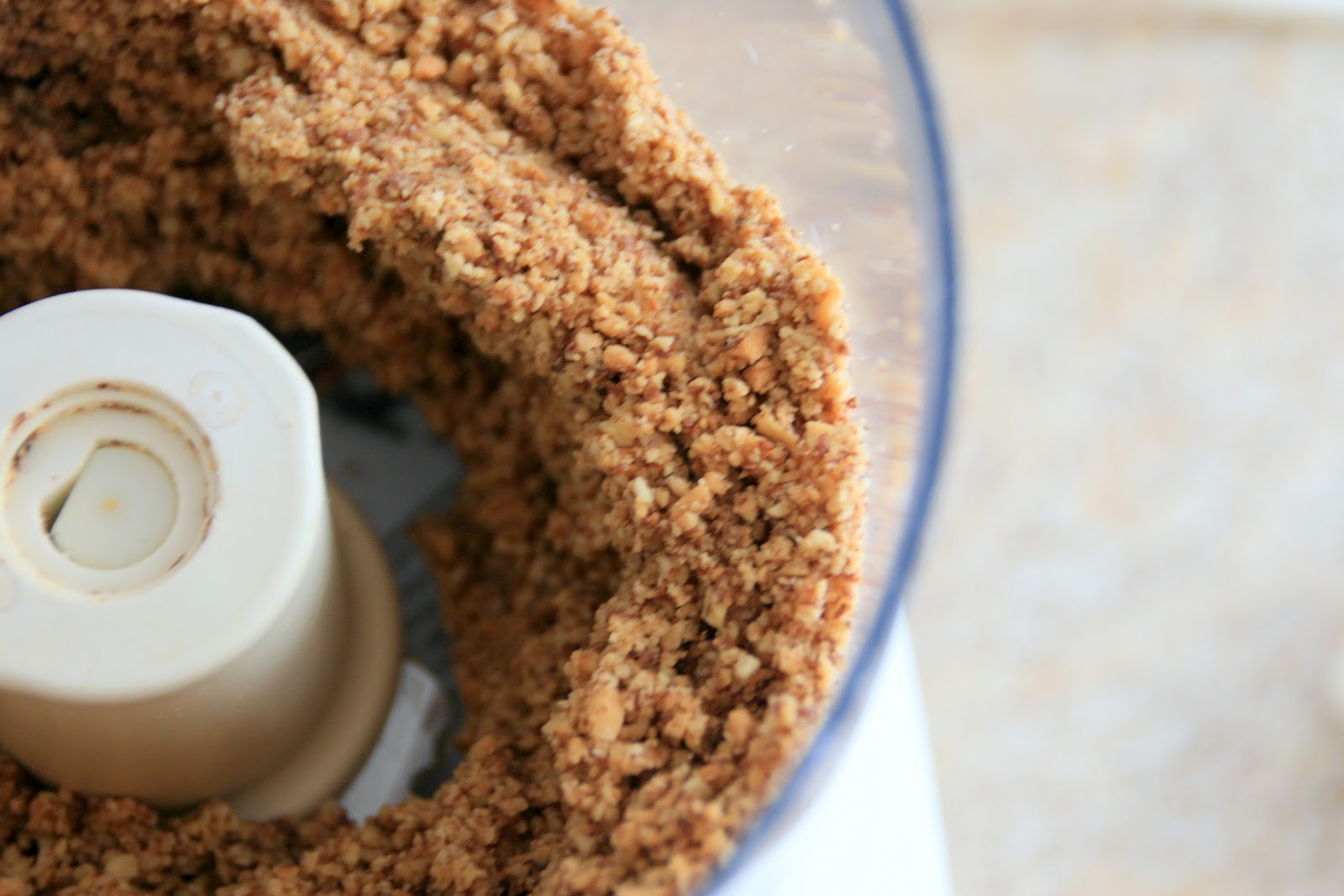
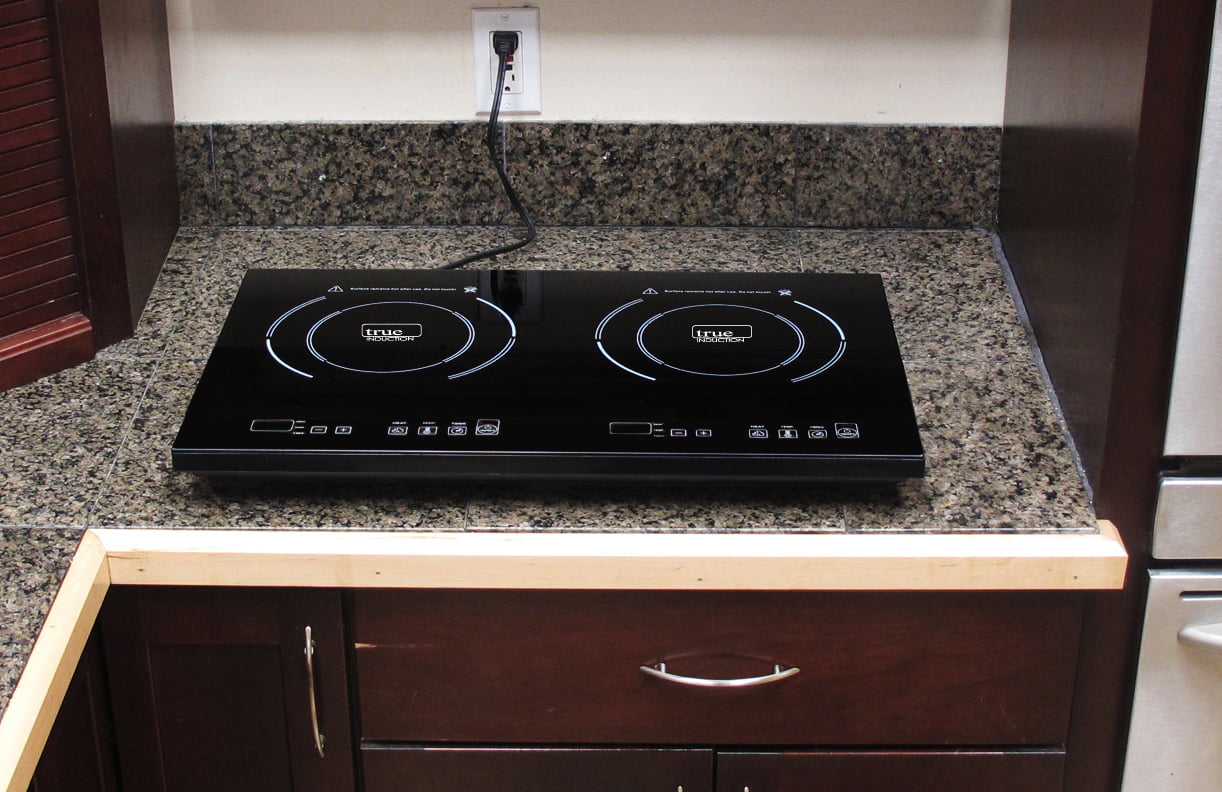
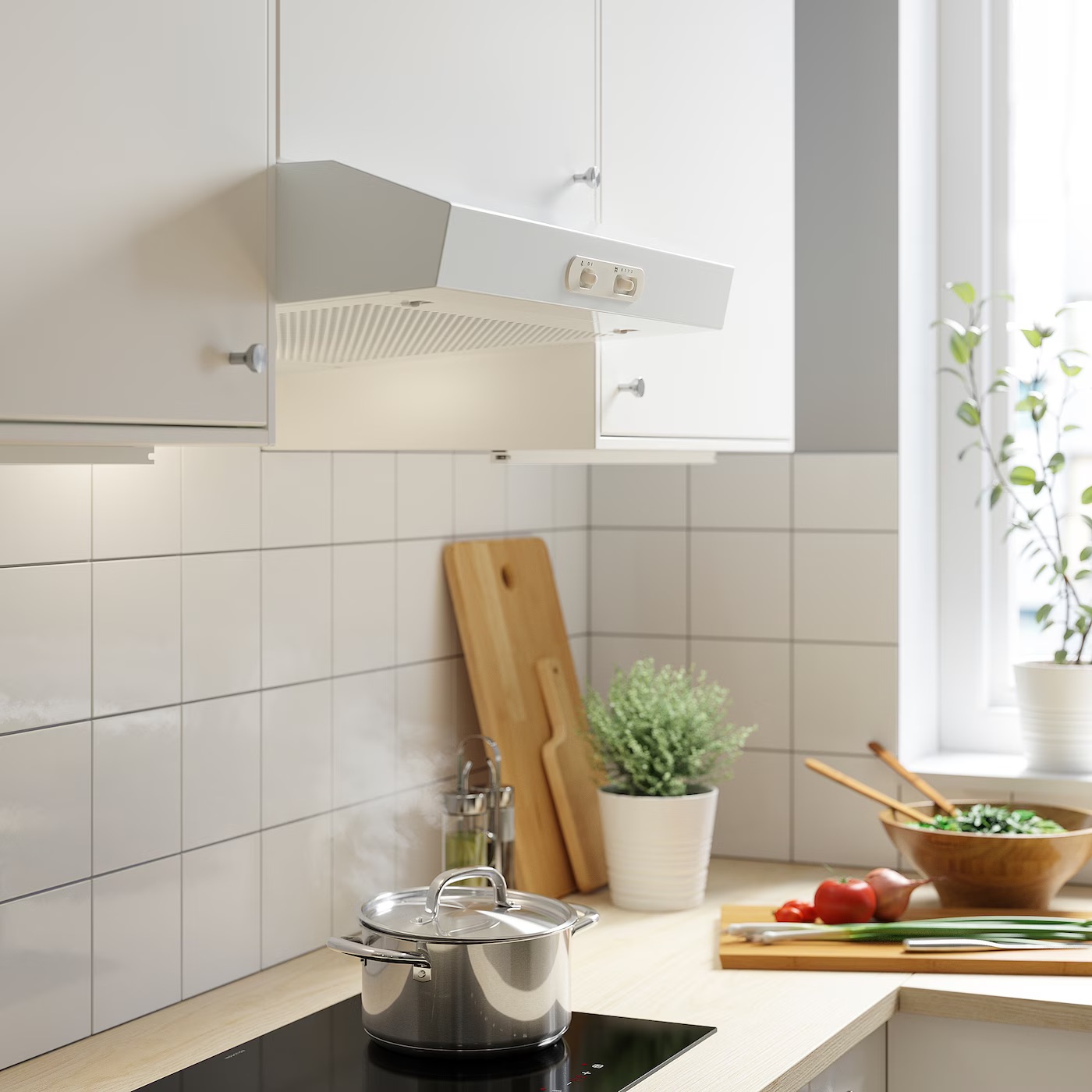
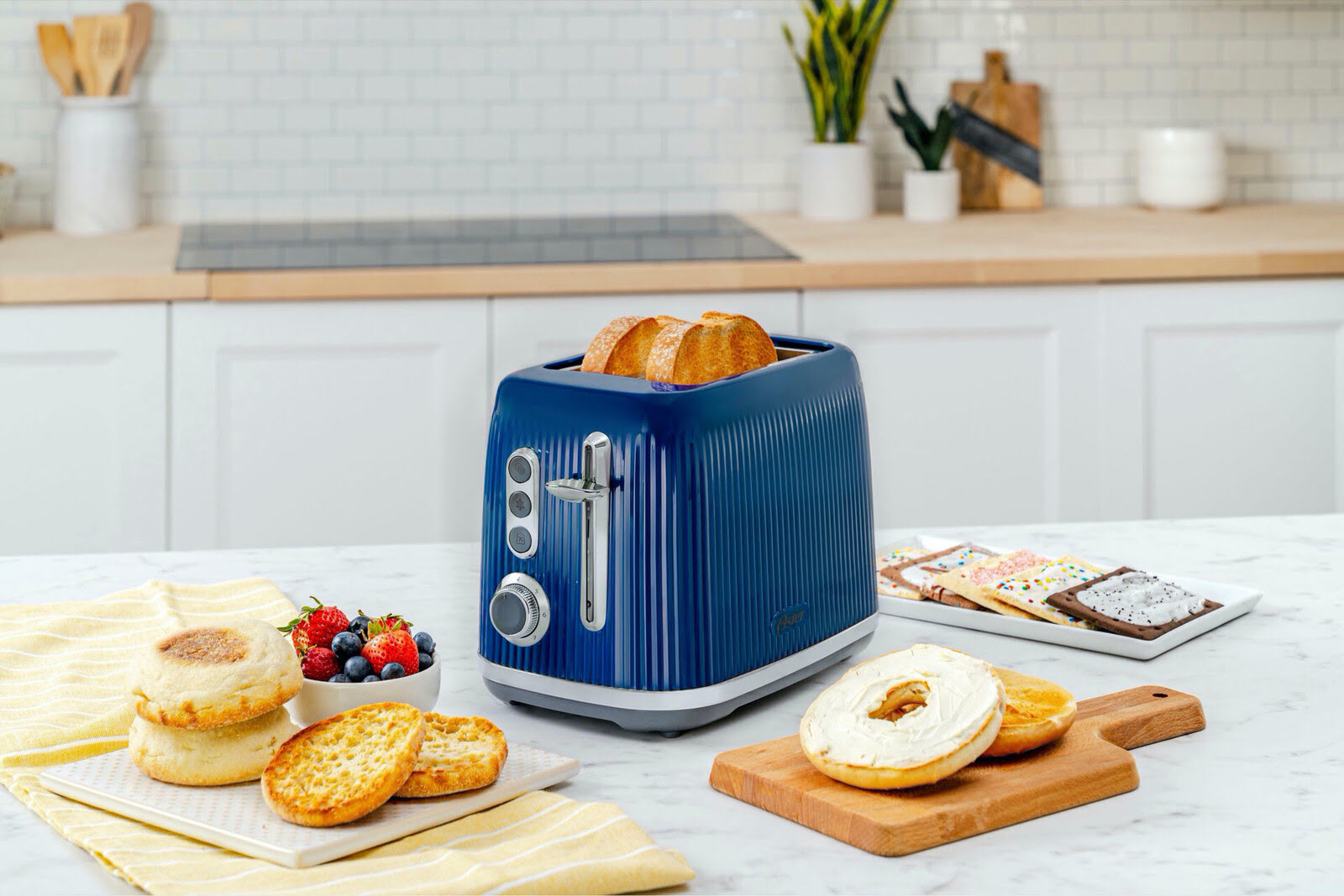

0 thoughts on “How To Store Kitchen Appliances”